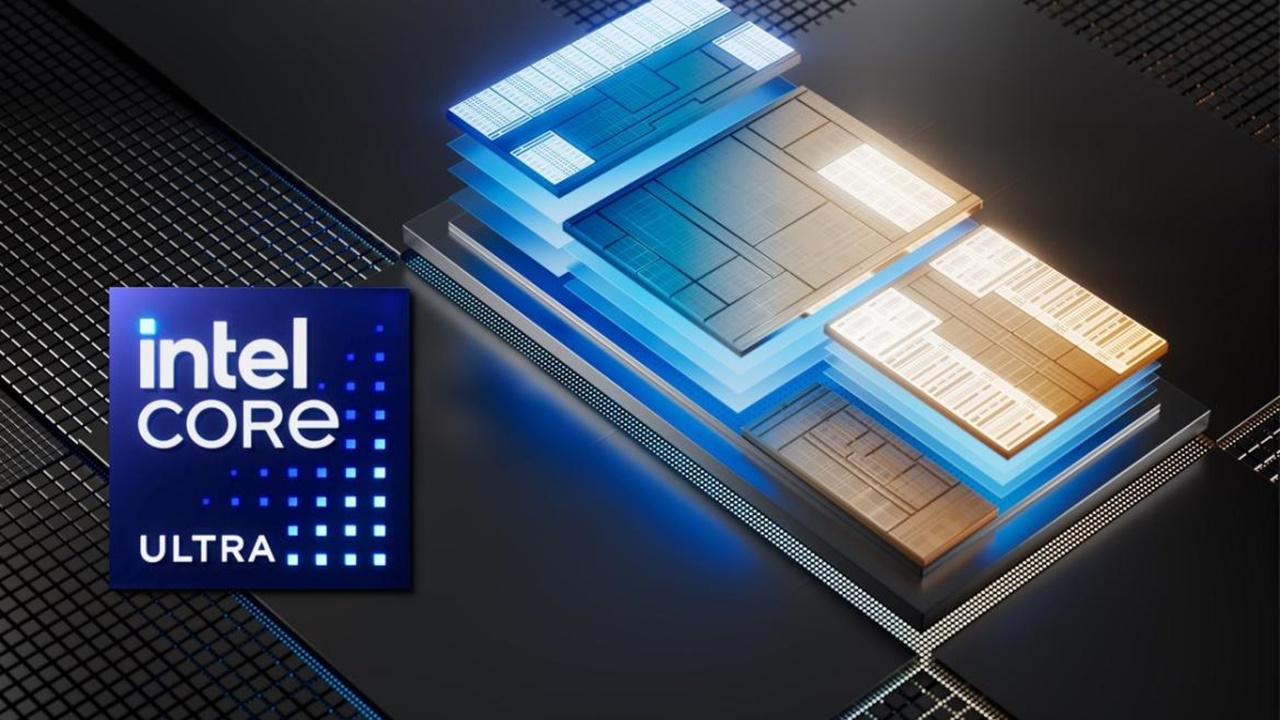 INFRA
INFRA
 INFRA
INFRA
 INFRA
INFRA
Intel Corp. and its subsidiary Altera today unveiled a range of new processors and field-programmable gate arrays or FPGAs designed to extend artificial intelligence capabilities to the network edge.
The new offerings, said to be broadly available now, include a number of edge-optimized central processing units and graphics processing units made by Intel, as well as the Agilex 5 Series FPGAs made by Altera. Intel said its new silicon is meant to enable AI capabilities such as visual computing, media processing and business intelligence at the edge, while Altera’s FPGAs are designed for much broader use cases, including AI-powered video, industrial, robotics and medical applications.
According to Intel, all of its new chips feature integrated AI acceleration capabilities that will power a new generation of more intelligent devices at the edge.
Top of the range are the new Intel Core Ultra processors, which provide up to five times better performance on image classification inference tasks compared with the 14th Gen Intel Core desktop processors. They combine Intel’s Arc GPU with a neural processing unit or NPU in a simplified system-on-chip design, and can handle “demanding graphics workloads” at the edge, in scenarios such as retail, education, smart cities and industry. For instance, they could be used for generative AI-enabled sales kiosks or smart point-of-sale systems in retailers, interactive whiteboards in classrooms, and AI vision devices in the industrial manufacturing industry, Intel said.

One step down are the new Intel Core processors for edge workloads, which combine the GPU power of Intel’s 13th Gen Intel Core mobile chips with “LGA socket flexibility” that enhances system scalability and deployment speeds. According to the chipmaker, they can deliver 2.57 times superior graphics performance compared to the standard 13th Gen Intel Core desktop chips on which they’re based, Intel said.
In addition, Intel launched a couple of new Intel Atom processors, including the x70000C Series and the x7000RE Series. These are low-powered, AI enabled chips designed for networking and telecommunications, and for industrial and manufacturing scenarios, respectively, Intel said. They feature built-in deep learning inference capabilities to perform tasks such as detecting zero-day threats, boost packet and control plane processing and AI-powered quality control.
Lastly, Intel announced a new Intel Arc GPU for Edge, which it says delivers a significant boost in edge AI performance compared with its earlier-generation GPUs, enabling accelerated AI workloads in scenarios such as graphics processing and media, the company said.
As for Altera, its latest Agilex 5 SoC FPGAs are programmable chips designed to support AI capabilities in edge devices without the need for a dedicated AI accelerator, delivering up to twice the performance of the company’s older Agilex 7 FPGAs.

FPGAs are low-powered computer chips with customizable circuits that enable them to be fashioned to handle very specific use cases, prior to deployment. To support this, Altera is launching the chips alongside tools such as its Quartus Prime software, its FPGA AI Suite and the Intel OpenVINO toolkit. Developers can use these tools to program the chips for a specific workload, create AI intellectual property blocks and integrate these into the FPGA’s design before they’re installed in devices.
According to Holger Mueller, an analyst with Constellation Research Inc., the constant buzz and hoopla around generative AI in the cloud has meant that many people have forgotten about the significant number of enterprise workloads running at the edge, which cannot benefit from the technology due to a lack of computing power and low-latency communications. This, he explained, is the basic problem Intel and Altera are trying to address.
“There are thousands of enterprises running critical apps at the edge, and it’s these that Intel and Altera want to target,” the analyst said. “So it’s good to see Altera innovating and helping Intel fuel its innovation and show that AI can and will have a significant revenue impact this year.”
Altera said its new FPGAs will accelerate enterprise innovation too, giving companies an easier way to take advantage of the massive amounts of data being generated at the edge through the deployment of “embedded AI devices.”
“We announced the launch of the new Altera brand with the goal of bringing leading technologies and innovations more quickly to the FPGA market,” said Sandra Rivera, chief executive of Altera. “Altera is leading the new FPGAi era, tightly coupling programmability with tensor capabilities and infusing FPGA and AI tools to create a best-in-class developer experience.”
Support our mission to keep content open and free by engaging with theCUBE community. Join theCUBE’s Alumni Trust Network, where technology leaders connect, share intelligence and create opportunities.
Founded by tech visionaries John Furrier and Dave Vellante, SiliconANGLE Media has built a dynamic ecosystem of industry-leading digital media brands that reach 15+ million elite tech professionals. Our new proprietary theCUBE AI Video Cloud is breaking ground in audience interaction, leveraging theCUBEai.com neural network to help technology companies make data-driven decisions and stay at the forefront of industry conversations.